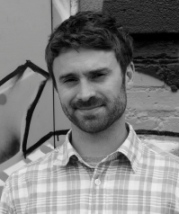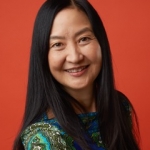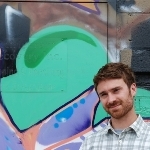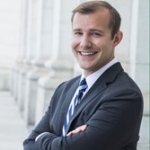
Ryan Hurley
It is a beautiful Saturday morning in April. Students from a local high school are hosting a public art-based bus tour they developed in connection to Milwaukee’s civil rights movement of the 1960s. As with any “optional” program (held on a Saturday morning nonetheless) we are a little nervous about how many students will show up. As the bus pulls up to the meeting spot the lead teacher climbs out with a smile on her face and tells me “every student is here.”
Engagement is often an ambiguous word in community arts education. We talk about “engaging” families, “engaging” students, “engaging” community - but we are rarely exact in our definition. What does engagement look like? How do we do it? The terms “civic engagement” and “youth engagement” emerge in nearly every conversation around community arts, from marketing strategies to program development.
I found a pretty good definition of community engagement in the arts on the National Guild for Arts Education website.
“What is community engagement? Community describes the people and organizations that are related to a community arts education provider’s mission: students, parents, families, artists, partner organizations, schools, government agencies, and so on. Engagement describes an active, two-way process in which one party motivates another to get involved or take action—and both parties experience change. Mutual activity and involvement are the keys to community engagement. Sometimes organizations interpret community engagement as collaboration, marketing to diverse audiences, or developing programs for underserved groups. While those are all worthy and necessary activities, an engaged community arts education provider does more. It promotes consistent community interaction that is a step beyond conventional programmatic partnerships. Consistent community engagement is not program based; it is part of organizational culture” (2013).
I like this definition for two reasons:
1) It describes engagement as a two-way process. I interpret this as an environment in which an organization has a strong enough relationship with a community where the community feels comfortable engaging the organization. This flips the dynamic of what we typically think about when we refer to community engagement.
2) It asks for more than an initiative or program. Community engagement needs to be an inherent part of the culture of the organization. Over time, some organizations and institutions have created cultural barriers through a service-based model; today many of those same entities are asking how to engage with that same community they serve. I think we need to start by reframing the relationship dynamic between “organization” or “artist” and “community.” Community isn't some vague entity for whom we provide services; community is a group of people who are our active partners in programming.
Read More








 Ethan Clark
Ethan Clark






